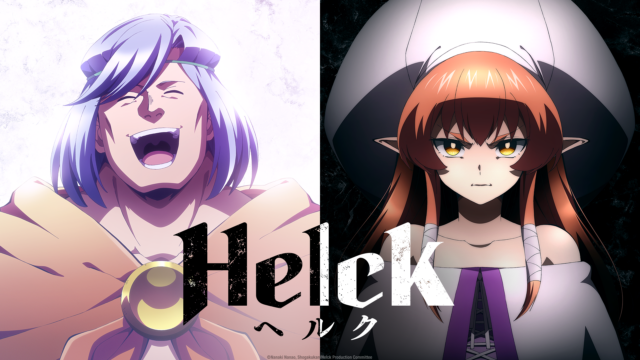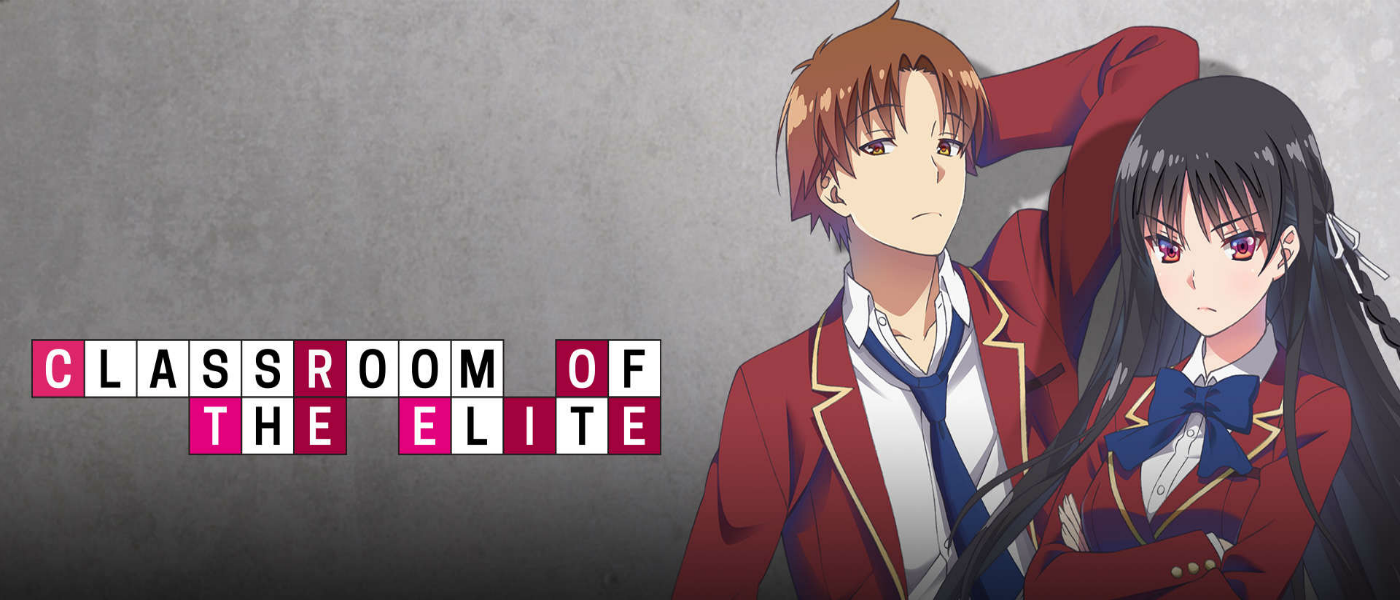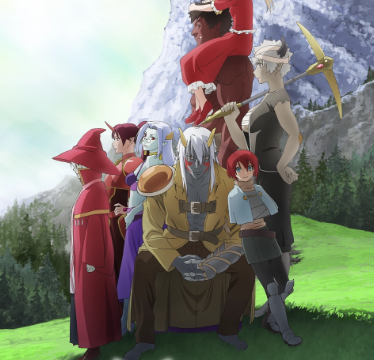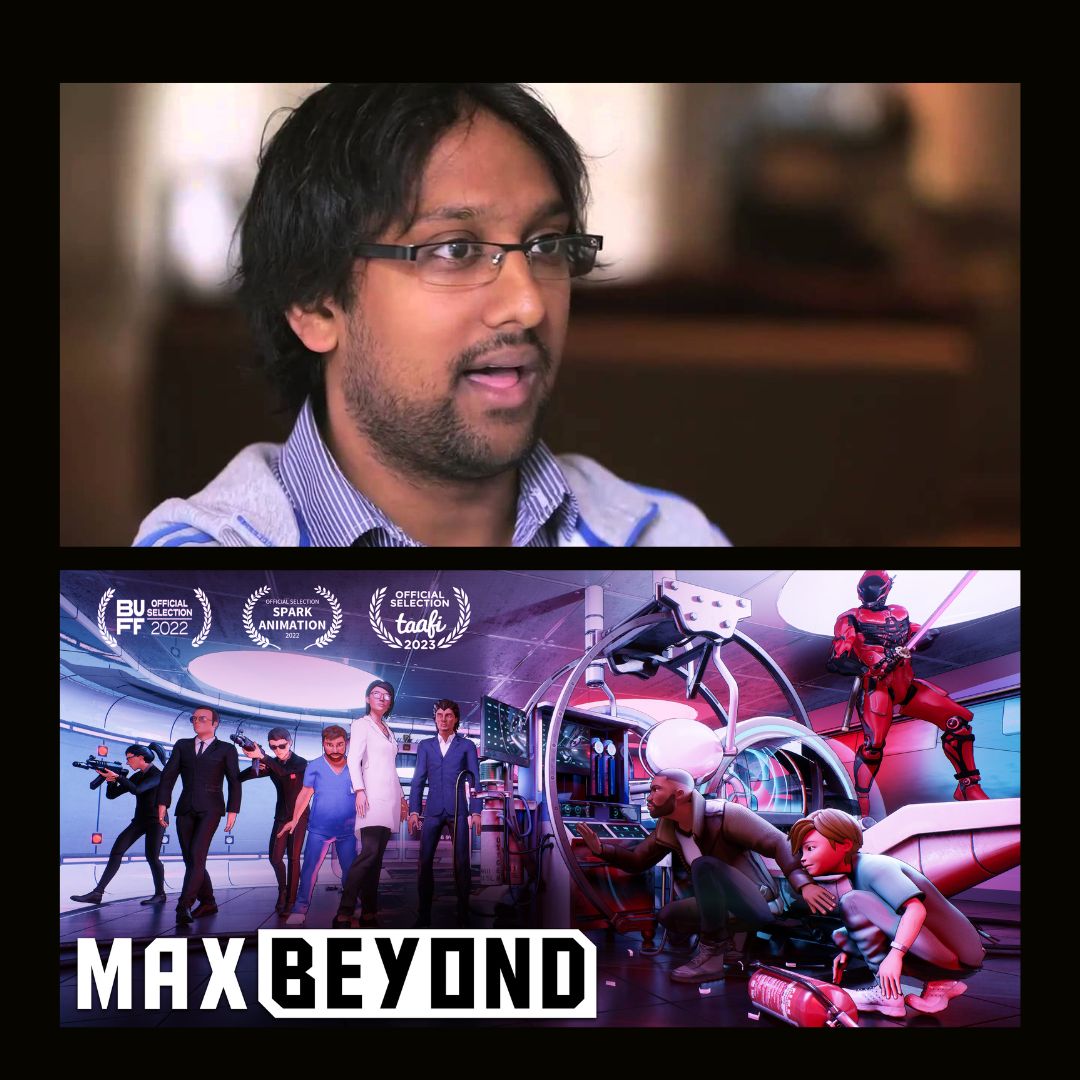Season Review: Aroha Bridge Season Three
I’ve never been to New Zealand. Not once. I’d love to go, and maybe I will. So, when an English-speaking series debuts in another country like NZ or Thailand or Nigeria, I love seeing a common bond that’s certainly showing up from across the globe in adult animation producers using original series to showcase local social issues. And it’s right there where Aroha Bridge really works for me. Viewers should note, when watching, a lot of the social issues that are being mentioned here are not unlike those you might see in the good ol’ USA. Racial divides, poverty, and the allure of reality tv fame are all ideas that wouldn’t feel out of place in The Simpsons, in fact, are usually on the dart board of choice when the wheel of tropes are spun for the aforementioned long-running series.
For Aroha Bridge, it’s a social divide between citizens of Maori descent versus those of the “colonizers” or the encroaching caucasian populace trying to claim stake to land that wasn’t theirs to begin with but feel like they can take advantage of. Show creator Jessica Hansell does an excellent job of walking viewers of all varieties into what she feels are some of the more important struggles of her local society. Characters take part in demonstrations and do anything they can to eke out a living, even if the practices are shady. She does so with the main characters, twins Kowhai (for whom Jessica voices) and Monty (voiced by Rizván Tu’itahi), an up and coming aspiring musical act that will do anything to get to the top. Their adventures take them on a wide-range of silly avenues, whether it’s taking odd jobs so as to make ends meet or getting into arguments over the importance of chip brands, the topes aren’t exactly revolutionary and are, in fact, usually typical. It’s the startling realization that living 10000 miles away, these social topics are just as relevant today as any point in time.
That’s not to say this series is perfect. Clearly, budgetary constraints show technical flaws in animation production ranging from mouth movements to a somewhat dated aesthetic compared to a lot of the fare out there today. But, there’s so much heart here that not unlike BoJack Horseman, the drip and drab look actually lends itself to the scope of a show that spends a lot of focus on the not wealthy. Story structure spans from pretty good to linked together web shorts with very thin threads, another sore-sight for the series and something that hopefully is worked on in future iterations.
There should be more.
Watch the first episode of season three here
























Hi Ashley, thank you so much for reading and we love the feedback. Note that on that day we had 14th posts go up and only ten posts show on the front page, so it's possible the preview had already been archived by the time you got to it. One recommendation would be to add our RSS feed to your favorite news aggregator service like Feedly, this way you get all of the latest posts!